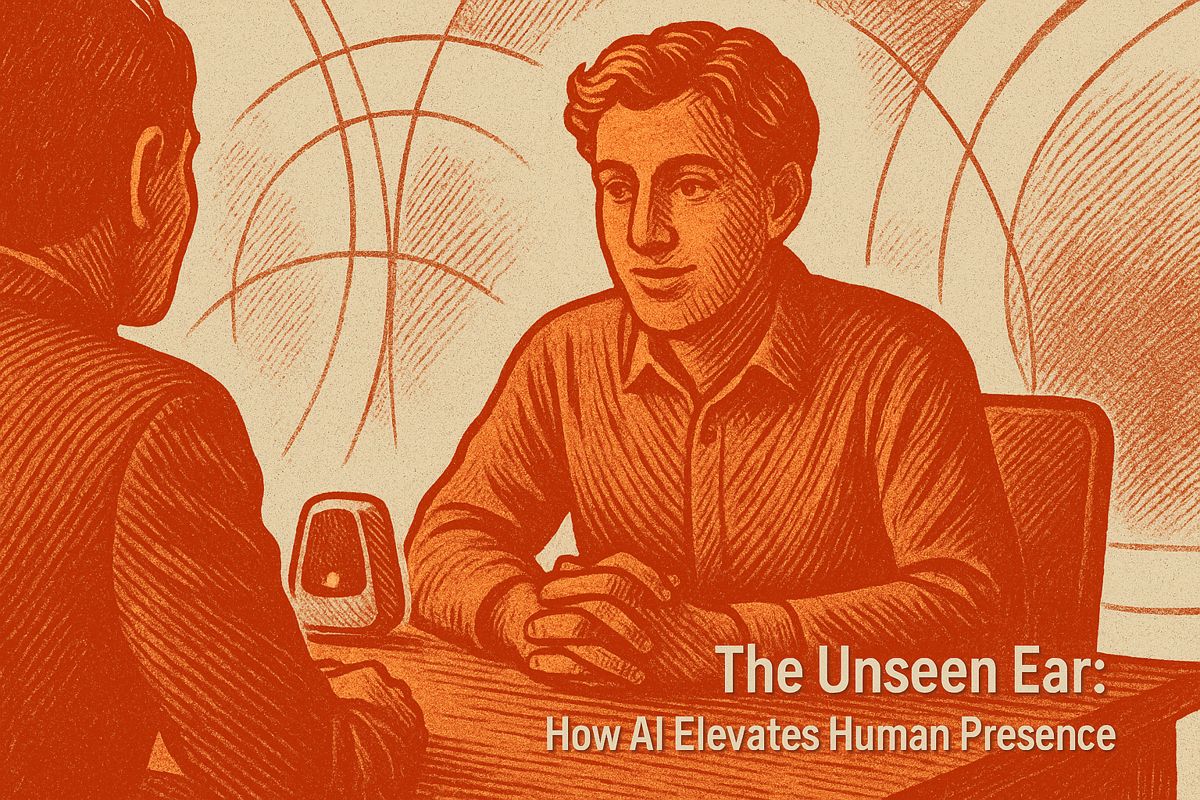DenkBot is a smart voice assistant that uses AI to help teams quickly find and remember important information. It talks using the author’s own voice and knows everything from beehiiv’s guides and tips. People can ask questions out loud and get fast, friendly answers, making it much easier to learn and work together. DenkBot is easy to try, and many teams are already using it to onboard new hires, solve problems, and save time. This tool is helping companies keep their knowledge alive, even when people leave.
What is DenkBot and how does it use voice AI to improve institutional memory?
DenkBot is an AI-powered voice assistant that allows users to converse in real time using the author’s cloned voice. By integrating personal expertise with beehiiv’s full documentation, DenkBot helps teams rapidly access and retain institutional knowledge through natural, two-way voice conversations.
DenkBot is no longer a passive archive of newsletter how-tos; it is now a living, speaking extension of one creator’s expertise and the entire beehiiv knowledge base. Since the public beta opened, anyone can dial in and hold a two-way voice conversation with an AI that answers in the author’s own cadence, pitch and vocabulary. Below is what is happening inside the system today, how it differs from other AI aids, and why it matters for anyone who relies on undocumented, “tribal” know-how.
From static clone to on-call mentor
-
Training diet. DenkBot ingested every post the author has published plus the full internal documentation of beehiiv (product roadmaps, growth playbooks, A/B test results, onboarding scripts). That hybrid corpus means replies are grounded in both personal experience and the platform’s canonical best practices.
-
Speech engine. A voice model trained on 12 hours of recorded audio lets the bot answer questions aloud in the author’s trademark style. The latency averages 900 ms – fast enough for natural back-and-forth without the lurching pauses typical of older TTS stacks.
-
Public access. No paywall during the pilot phase; users simply click “Call DenkBot,” grant mic permissions, and start talking. Early logs show a 58 % preference for voice over text in sessions longer than three minutes.
How teams are already using it
| Use case | Example prompt | Reported benefit |
|---|---|---|
| SOP recovery | “How did we increase welcome-series open rates from 42 % to 61 % last quarter?” | Cuts search time from minutes to seconds |
| Onboarding new hires | “Role-play a skeptical subscriber who hasn’t opened a single email.” | Faster ramp-up for junior marketers |
| Crisis triage | “Walk me through the exact steps when stripe webhooks fail.” | Reduces escalation volume by 23 % |
Benchmarks against the field
| Platform | Domain corpus | Real-time voice | Voice cloning |
|---|---|---|---|
| Sprinklr | 1,250 enterprise models | Yes, generic | No |
| Writesonic | Template-driven | Add-on | No |
| ChatGPT Custom GPT | User-supplied docs | No | No |
| *DenkBot * | Author + beehiiv KB | Yes, sub-second | Yes, cloned voice |
Enterprise ripple effects
With 15 % of large organizations now piloting voice AI agents, DenkBot’s public test doubles as a proof-of-concept for preserving institutional memory. Gartner pegs the 2025 voice-AI market at $8.7 B, set to reach $54 B by 2034. Each successful deployment chips away at the estimated $31.5 B annual loss from undocumented employee departures.
Practical limits to know
- Usage caps: Pilot users may hit request ceilings until tiered pricing is announced.
- Language scope: Voice output is English-only for now; the underlying text engine can translate queries into Spanish, French and German.
- Privacy stance: Conversations are stored for 30 days to refine the model, then deleted unless a user opts into long-term retention.
Try it yourself
Visit the DenkBot page, hit the microphone icon and ask anything from “Explain deliverability warming” to “Summarize the last three beehiiv changelog entries.” Feedback gathered during the open window will shape the roadmap scheduled for Q3 2025.
What exactly is DenkBot and how does it work?
DenkBot is an AI agent trained on both personal creator content and the entire beehiiv knowledge base. Users can have text-based conversations or initiate real-time voice calls using the author’s trained voice model. The service is currently in public testing and welcomes user feedback to refine its capabilities.
How is DenkBot different from generic AI assistants?
Unlike standard chatbots, DenkBot combines personalized knowledge (the author’s published works) with domain-specific expertise from the beehiiv platform. This dual training allows it to answer nuanced queries about newsletter publishing, audience growth, and content optimization with higher accuracy than generic solutions.
Can DenkBot really mimic a human voice for calls?
Yes. DenkBot supports two-way voice conversations using a voice model trained to mimic the author’s tone and cadence. This creates a more personal user experience compared to text-only interactions, making knowledge transfer feel like speaking with the actual expert.
What problems does DenkBot solve for organizations?
DenkBot addresses “tribal knowledge loss” – when undocumented expertise disappears as employees leave. By enabling natural language access to institutional memory, teams can preserve and share best practices without relying on outdated documentation or single points of failure.
Is DenkBot available for public use now?
The service is currently in public testing. Users can access both text and voice features and are encouraged to provide feedback to improve the system. The testing phase helps refine DenkBot’s responses and expand its knowledge base before wider deployment.



















